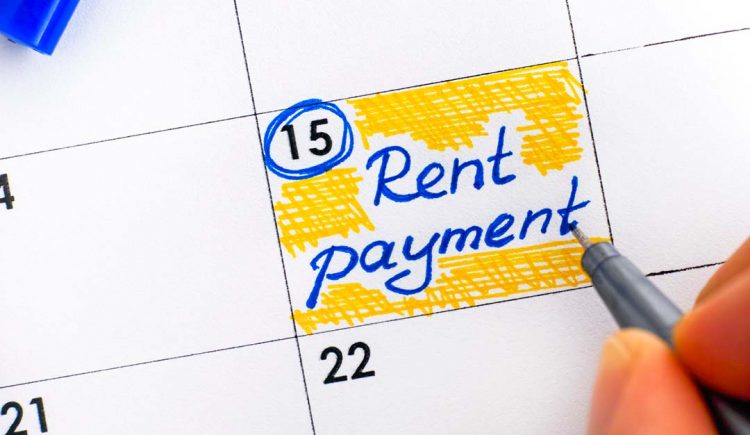The National Apartment Association (NAA) recently released new research analyzing rent-to-income percentages, which are based on professionally managed residential lease applications screened by TransUnion’s ResidentScreening platform. As the nation continues to grapple with housing affordability challenges, this analysis will help illustrate the actual conditions on the ground for countless renters and rental housing providers. Further, it will help the rental housing industry, policymakers and stakeholders understand the hyper-local issues and complexities that contribute to housing affordability.
Importantly, the analysis found that U.S. renters spent on average 27% of their income on rent and that just six states exceeded the 30% threshold, often cited as cost-burdened households. Further, the analysis shows that the percentage of income that households spent on rent remained relatively flat year-over-year, as of Q1 2021, the average share of income households spent on rent was 27.6%.
“Housing affordability is a prominent and pressing issue, compounded by economic complexities and hyper-local factors,” said Bob Pinnegar, NAA president and CEO, in a statement. “This important data can help guide the industry and policymakers toward responsible and sustainable solutions and result in positive outcomes for America’s 40 million renters. We are encouraged by this data and look forward to pursuing informed solutions that will help make housing even more affordable for more Americans.”
NAA’s analysis examines year-over-year spending rather than focusing on single-year examples. This is critical to a holistic understanding of rent growth and trends, particularly under the unique circumstances cultivated by the COVID-19 pandemic.
Understandably, there is a broad variation in the share of income renters spend on rent at the state level. States that are often considered to be affordable are not necessarily so because households in those areas have lower incomes.
Though this data is encouraging, the nation still has work to do on housing affordability. By responsibly utilizing the tools and affordability data at hand, the nation can pursue a responsible housing policy that allows the industry to operate efficiently and fairly and ultimately construct more apartment housing.
Source: National Apartment Association











